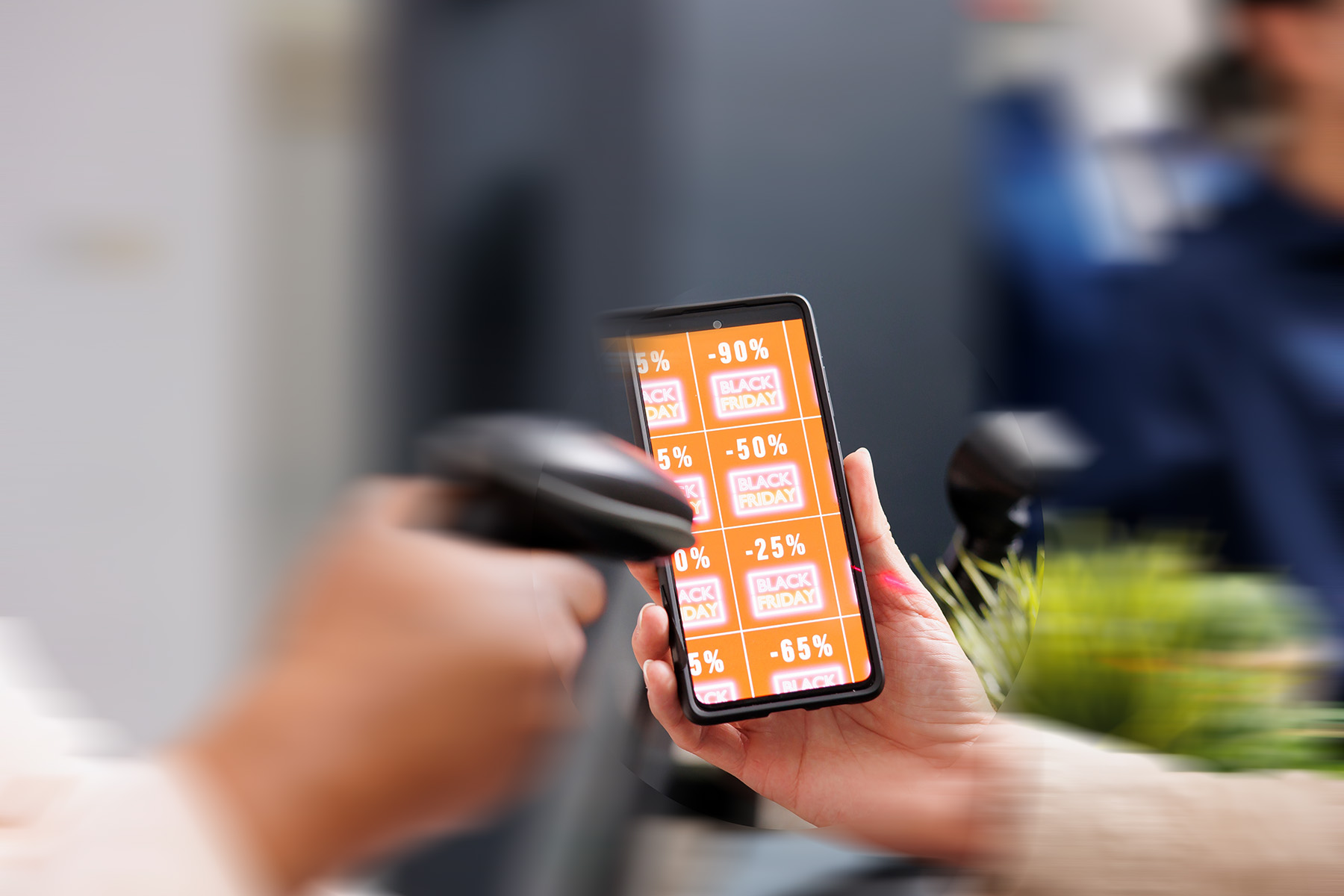This month’s debunked blog explores the topics and trends discussed at this years’ DMEXCO.
Last month I was one of the many AdTech citizens who flew out to Cologne to spend some quality time with clients, prospects, partners and industry friends at the Digital Marketing and Expo Conference, DMEXCO. My mission? To get a better understanding on how the AdTech world is feeling when it comes to the new world of contextual targeting, and explore what trends are going on as we transition into this new marketing era.
Biased towards contextual? Yes of course, I do work for a contextual targeting and insights tool after all. Clever? Even more so, it was my chance to put my ears to the ground and get a true sense of what was going on across businesses throughout AdTech.
Bye, Bye Third-Party Cookie. It was, of course, no surprise that a large proportion of the discussions were exploring alternative solutions to the third-party cookie and third-party data narrative. This gave me hope, as with Google’s continuous push back of the eventual demise, it was great to see businesses and vendors exploring a brand new future for advertising – one that focused on the consumer and centred around privacy. No one singular solution particularly stood out, however, more so a combined approach was discussed, encouraging marketers to seriously consider: the focus on first-party data; the (re)introduction of contextual advancements; the exploration of unified IDs; and the introduction of clean rooms. There was certainly a sense that first-party data will indeed be the holy grail for marketers moving forward (we can all see why, right?). Yet, in order to reach scale in the wake of the humble cookie, advanced solutions such as contextual targeting were being scouted as the ones to watch out for. Amongst the cookie crumbling noise, was Google’s Privacy Sandbox. For those wondering “The Privacy Sandbox is a collaborative initiative to build new privacy-preserving technologies as an alternative to third-party cookies. The goal is to improve user privacy while preserving the vitality of the open web by supporting key marketing use cases for online businesses.” What was abundantly clear, however, was the building concerns from many surrounding the lack of transparency and flexibility this “initiative” allowed. In a world where privacy and transparency remain high on the agenda, it certainly provided some food for thought to those in the room – including me – on how this will actually start to look when the cookie does eventually fade.
A strange and gloomy world. Another underlying tone of the two day event was the inevitable reflection on the world we live in today, and the impact it is having not just on us as human beings, but our industry. With regular references to the ongoing war, the world coming out of a global pandemic, and the cost of living crisis, it was clear that these subjects, albeit depressing, were not to be ignored. The impact of all these external factors will have a domino effect on many facets of the AdTech world, and in particular, on marketing. Budgets will shrink, consumer habits will continue to rapidly change and resources may fall. What’s more, brands and agencies will need to look for more systematic solutions when it comes to data and tech, to help them with their overall efficiencies and ways of working. Whilst I want to move off this negative subject asap, it is worth bearing in mind the impact this will have on us all.
Giving back control. I don’t think there has been a single event that I have been to over the past decade that hasn’t included “control” as a key theme. Whether it is the control of the advertiser, the control of the publisher, or in this case, the control of the consumer. And lest we forget, one of the core reasons behind the third-party cookie demise, is down to the wide-spread consumer backlash against their privacy, and in turn the enforcement of global governmental regulations that have enforced this demand from consumers to gain more control. One striking theme that did stand out to me was that these discussions always pointed back to contextual in some form or other. Consumers want control? Contextual can help as it relies on no cookies whatsoever, focusing on the content they love. Advertisers want more scale in brand safe environments? Contextual can drive that with advanced technology and machine learning. Publishers want to increase their impression value through relevant advertising in good quality content? Guess what, contextual can do that too. You can imagine this made me a little smug, as I then proceeded to tell my next client prospect about the power of our 4D solution. More on that later. 😉
Everybody’s talking about video. Lastly, and by no means least, the world of video was once again one of the main discussion topics of the event. In particular, the incredible opportunity of CTV. While traditional TV ad spending may start to struggle for growth in the coming years, digital video and everything that encompasses it, will not. A portion of digital video spend will, of course, go to the CTV space, but traditional broadcasters are also developing their own streaming services—with broadcaster video-on-demand (BVOD) ad spend rising at a far faster rate than traditional TV spend. In my opinion, and an opinion I could sense I shared by many, is that overall the advertising opportunity for CTV remains small. That isn’t to say I am not hugely excited about it, quite the opposite. But, currently scale is an issue outside of the US market, and so we need to bear that in mind. Having said that, with the future of Netflix opening up to the AdTech world, things, in the words of D:Ream, can only get better.
To conclude: In short, my time in DMEXCO this year was nothing short of interesting, inspiring, and let’s be honest, bloody fantastic to be able to grab a beer with some legends throughout the industry. Events like these are so important to me – not just to learn and educate myself, but to get excited about the future, and build relationships with people I’ve only previously met over zoom or via email. My biggest takeaway? It’s time to build a new future. Old ways of working are no longer applicable, and so don’t delay the inevitable any longer:
- Explore alternative solutions now, not tomorrow.
- Consider changing marketing budgets and priorities in the wake of external factors
- Place the consumer at the heart of your strategy no matter where you sit within the AdTech ecosystem
- And, oh, why don’t you give advanced contextual solutions a try? I might just know the perfect solution for you. Drum roll please…….4D. Drop me a line today, for a free demo, and I’ll showcase why 4D is the perfect solution for you.











